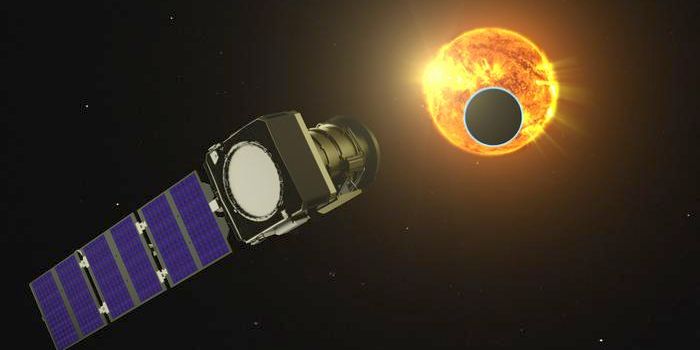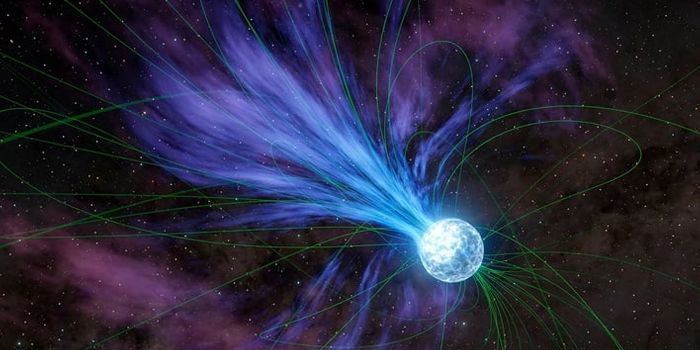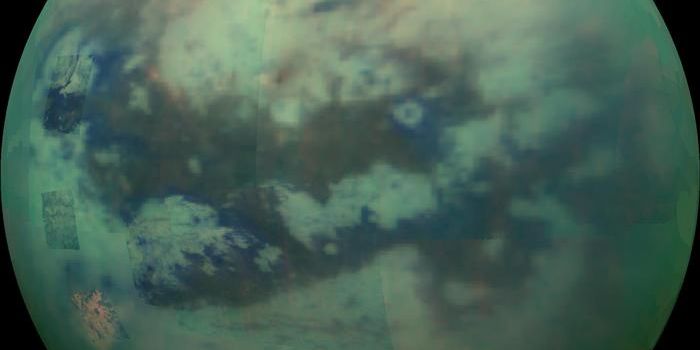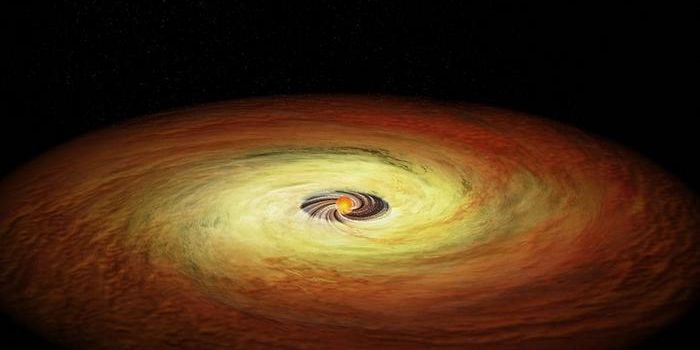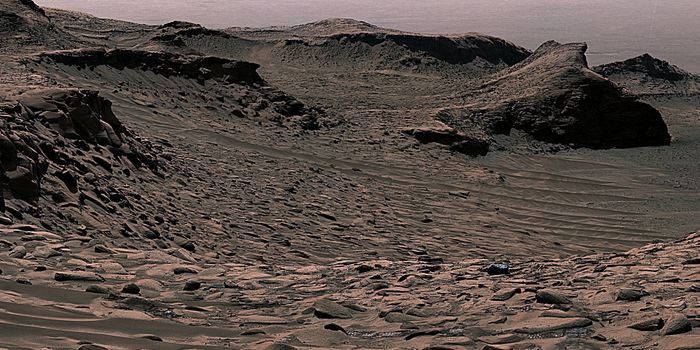Super-Earths Found to Be Common in the Universe
How common are super-Earth exoplanets throughout the universe? This is what a recent study published in Science hopes to address as an international team of more than 60 researchers used a well-known but rarely used exoplanet detection method to ascertain the distribution of Earth-like exoplanets. This study has the potential to help researchers better understand the number of Earth-like exoplanets throughout the universe and whether they could host life as we know it.
“Finding a microlensing star event is hard,” said Dr. Richard Pogge, who is a professor of astronomy at The Ohio State University and a co-author on the study. “Finding a microlensing star with a planet is hard-squared. We have to look at hundreds of millions of stars to find even a hundred of these things.”
For the study, the researchers used the gravitational microlensing method to identify an exoplanet whose size ratio between the planet and its host star ranges between the size of Earth and Neptune. The gravitational microlensing method involves using two stars that transit (pass in front of) each other and are observable from Earth. When this transit occurs, the front star’s brightness increases, and if it has an exoplanet orbiting it, a second brightness event occurs.
In the end, the team discovered OGLE-2016-BLG-0007, which is a super-Earth exoplanet but orbiting farther out than Saturn. After comparing their findings to longstanding models, the researchers estimated that super-Earths with Jupiter-like orbits could occur for every three stars. These findings are striking since exoplanets orbiting farther out from their stars are often difficult to detect and are frequently only detected orbiting much closer to their star.
“We’re like paleontologists reconstructing not only the history of the universe we live in but the processes that govern it,” said Dr. Pogge. “So, helping to bring both of those pieces together into one picture has been enormously satisfying.”
What new discoveries about super-Earths will researchers make in the coming years and decades? Only time will tell, and this is why we science!
As always, keep doing science & keep looking up!
Sources: Science, EurekAlert!, Ohio State News
Featured Image: Artist's rendition of the super-Earth exoplanet, Kepler-62 f. (Credit: NASA/Ames/JPL-Caltech)

